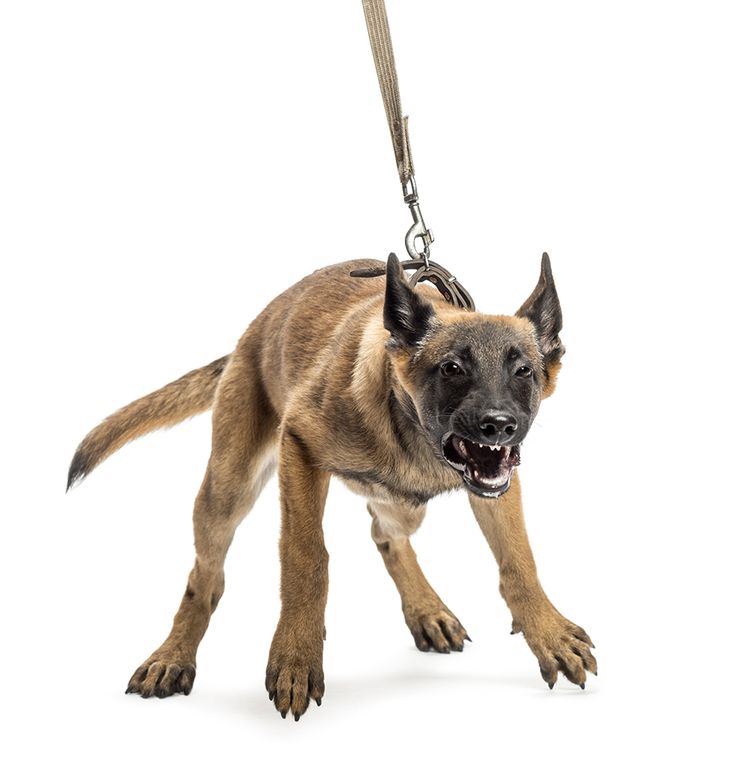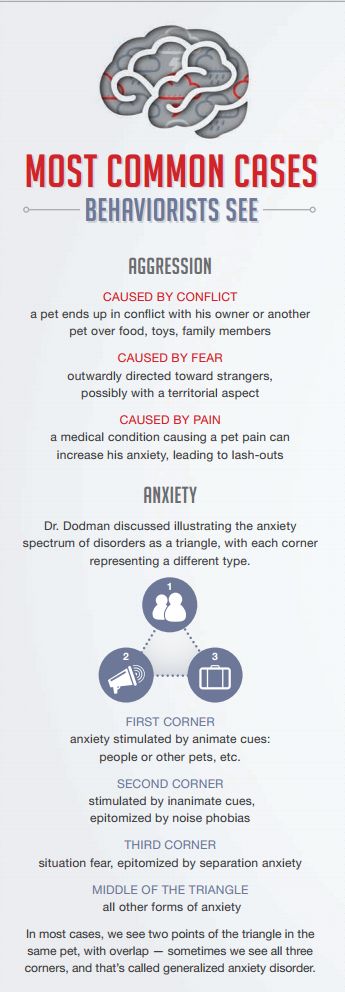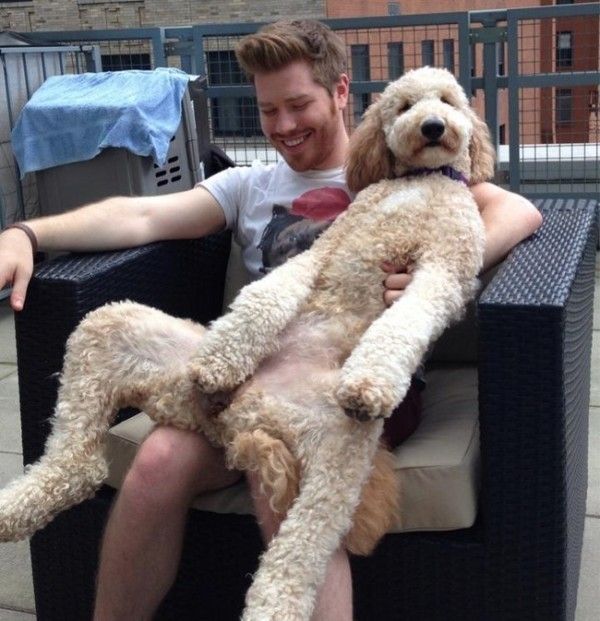Dogs are known to be loyal, protective, and loving animals. They’ve been dubbed as man’s best friend, and more people and households these days consider their dog’s important parts of their families. But the personalities of dogs also vary depending on a number of factors. There are some dogs that are naturally aggressive, enough that pet owners might have a hard time handling them. In addition, you may have adopted a dog that was abused, and his mistrust of people now causes him to lash out. If you happen to have a dog that tends to be too aggressive, you should seriously consider dog aggression training. Although it’s useful at times when your dog acts aggressively, especially in times of danger or another threat, most of the time this behaviour can inflict harm on others if you let it progress unchecked. It’s important for you to have a thorough understanding of dog aggression so you can manage your pet’s actions.
What is Aggression?

Just like humans and other animals, dogs can also be aggressive. It’s one serious problem among dogs, as it can cause them to attack each other or other people. That’s why many pet owners turn to professional dog trainers to help when it comes to teaching and training dogs. Aggression is a set of behaviours that results from various circumstances. Wild animals are aggressive, especially because they are biologically and naturally programmed to guard their territories, protect their offspring, and defend themselves. Although dogs have been domesticated, these behaviours stem from thousands of years of evolution, and they’re still programmed into your dog on a deep level. He’s an animal, after all. Pet owners can usually identify if their dogs are showing signs of aggression. For instance, your dog may show his teeth, growl, snap or bite with strong pressure. His posture may become rigid, and the hairs on his body will stick up. However, there are different types of aggression that show themselves in subtle ways, too.
Classifying Dog Aggression

There are different types of dog aggression that arise in different situations. If you notice your dog only seems aggressive in a certain area or around a certain person, you can target the type of aggression to learn to handle it. You should learn to recognize the classifications to better anticipate when your dog is feeling threatened or angry. One is territorial aggression. Dogs, as is the same with other animals, are territorial. In a particular area, they may feel like they need to defend it from any intruder. There are some dogs that tend to have strong aggressive behaviour when their territory is encroached. Some dogs will just bark, but there are dogs that will attack an intruder. This usually occurs around your property boundary or perhaps near your pet’s bed.
Another type of aggression common in dogs is protective aggression. Dogs are social animals. They often live in small groups, and when one is attacked, the others come to the rescue. Dogs also show the same behaviour in protecting their owners and other family members. But it gets more threatening when the dog tends to become too protective and aggressive; some dogs consider all other people outside of the family or household a threat, and some consider specific family members dangerous.
Fear aggression is also one type that you most often see among dogs. Your pet might be afraid of something, and his natural tendency is to escape. However, there are dogs that fight in response instead of backing down. The result is that the dog is in attack mode. This can be quite dangerous because it’s much more difficult to control your dog when he’s afraid and feels like he can’t escape a situation. This commonly arises during trips to the vet’s office, for example.
Aggressive Response: Factors that Provoke Dogs
Humans are triggered when other people bother them. The same concept applies to dogs; they turn to an aggressive fight response if they’re provoked. For instance, taking your dog’s food or a chew bone away can provoke him. Other things that can irritate him include scolding, threatening, or hitting; you must avoid doing these things and only use positive reinforcement when engaging in aggression training.
Risk Factors

Living with a dog that’s aggressive is not easy. As such, you have to take into consideration several risk factors. For instance, size is one. To a lot of people, huge dogs are definitely more frightening. Compared to smaller dogs, they are more likely to cause harm when they’re angry or afraid. Another factor is age. Younger dogs are malleable. They are also easier to train compared to older dogs.
In deciding to live with an aggressive dog or to treat a dog with aggressive behaviour, you should also consider any bite history. Dogs that have bite histories come with greater risks of repeating the bite behaviours in the future. Another risk factor is predictability. Just because a dog doesn’t give a warning that he’s going to bite doesn’t mean he won’t bite. In fact, dogs with the highest risk of assaulting a person or another animal are those that do not give any warning. They just suddenly attack when they’re threatened.
In all of these risk factors, you should also know the triggers. These are elements that you may recognize on your own—such as when your dog sees the mailman— but you may need the help of a trainer to really uncover them. Knowing these triggers can help you find solutions and avoid situations that result in aggression problems.
What to Expect in Dog Aggression Training

So, what can you expect from dog aggression training? Just like any other training, you won’t see results right away. Dogs have to be constantly trained until they learn new methods, and this simply depends on your dog’s individual personality and capacity to learn. This works best if the dog is not acting on instinct. In aggression training, various desensitization exercises are done to teach dogs how to behave and how to relate to other dogs. The trainer teaches your dog to respond to stimuli in new ways. He doesn’t work to punish or reverse aggressive behaviours but teaches your dog to act differently than before in stressful situations. In time, they will improve and mature. When a dog is more confident, he’s less aggressive. It’s important to find a certified trainer who has experience with dog aggression. It’s a difficult thing to work with, and training can backfire if it isn’t done right. Apart from dog aggression training, you should also consult your vet. Some dogs have aggression problems that result from medical complications or health conditions. For instance, those that have painful issues like thyroid abnormalities, adrenal dysfunction, orthopaedic problems, and more are likely to be irritable, which can, in turn, result in aggressive behaviour.

0 Comments